Photos: ‘Mummies of the World’
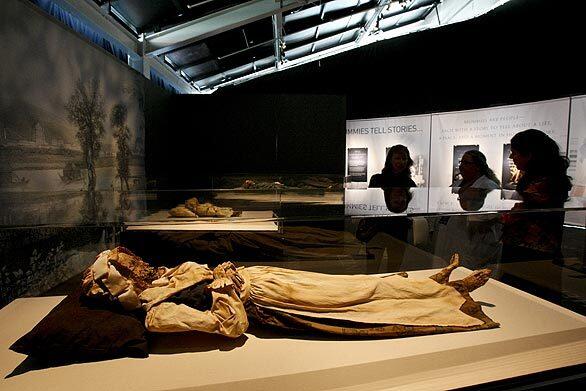
The exhibition “Mummies of the World,” premiering July 1 at the California Science Center, showcases mummies from different ancient civilizations. Made up of specimens loaned from 20 international institutions, the show highlights how mummies were created and all that can be learned from these relics of the past.
Here, the mummy of Veronica Orlovits, who lived some 200 years ago, is dressed in a replica of the gown she was buried in in a church crypt in Vac, Hungary. Also in the exhibition are her husband Michael and their baby son Johannes Orlovits. (Anne Cusack / Los Angeles Times)
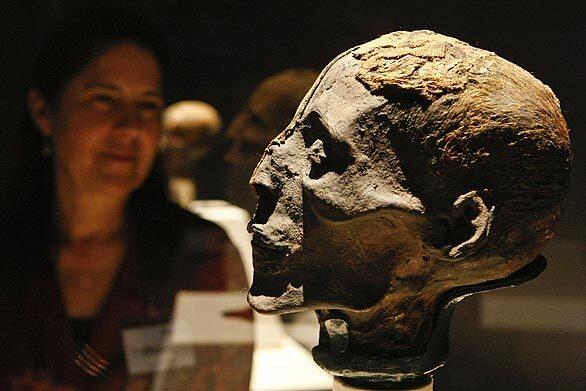
Diane Perlov, senior vice president of exhibits for the
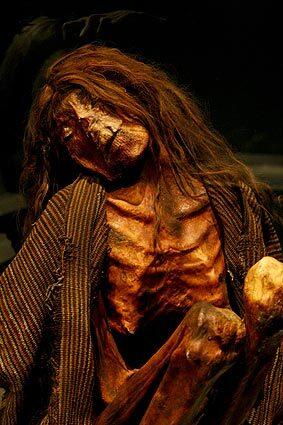
The mummy of a woman dating to the year 1240 from the Chiu-Chiu culture in Chile has long hair and tattoos below the left corner of her mouth and on both breasts. She was about 40 or 50 when she died, and was buried in a seated position typical of burials in Peru before 1400. (Anne Cusack / Los Angeles Times)
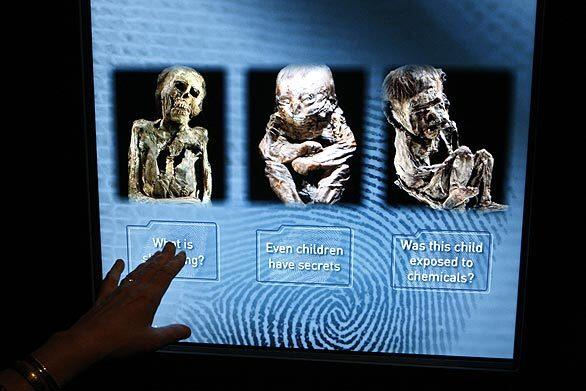
The exhibition “Mummies of the World” has several interactive areas. (Anne Cusack / Los Angeles Times)
Advertisement
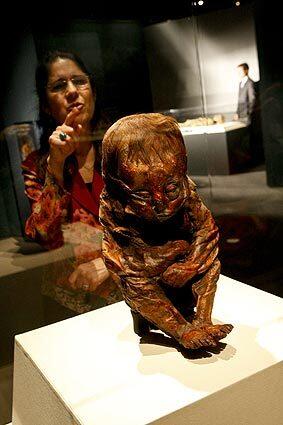
Diane Perlov, senior vice president for exhibits at the
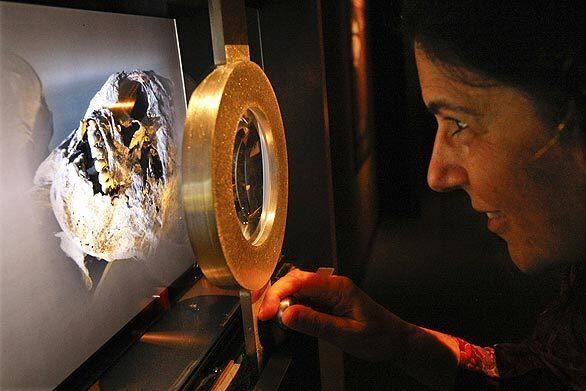
Perlov demonstrates an interactive exhibition that allows magnification of a mummy’s CT scan. (Anne Cusack / Los Angeles Times)
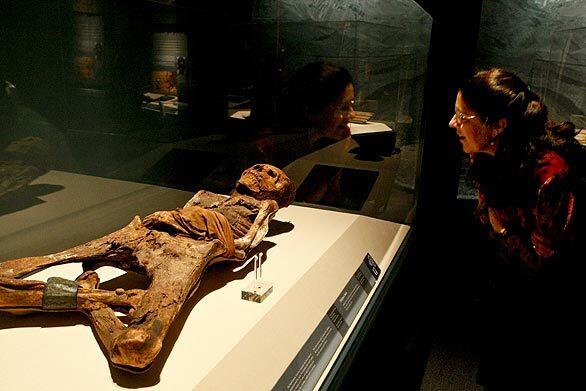
The exhibition includes the mummy of a woman from about 1415. She is estimated to have been 30 to 50 years old upon death, and a CT scan revealed she is holding a child’s tooth in each of her hands. The CT scan also revealed she had severe
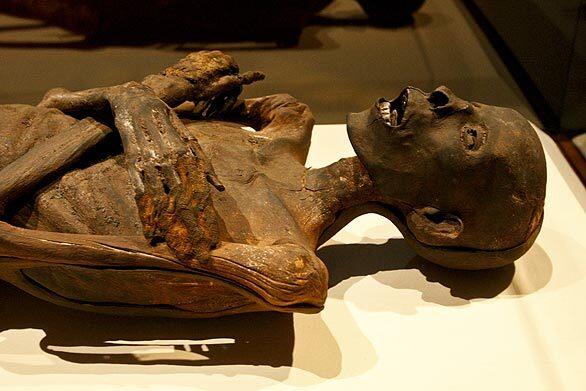
An Egyptian male mummy. Radiocarbon dating shows he is from about 330 BC, and a CT scan suggests he was 35 to 40 years old. (Anne Cusack / Los Angeles Times)
Advertisement
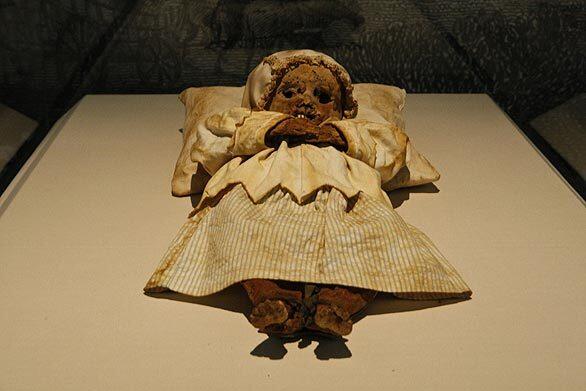
The mummy of Johannes Orlovits, who was born in 1800 and died about a year later, is in the exhibition alongside his parents, Michael and Veronica Orlovits. They were found in a forgotten church crypt in Vac, Hungary, in 1994. He is wearing a replica of the clothes he was found in. (Anne Cusack / Los Angeles Times)







